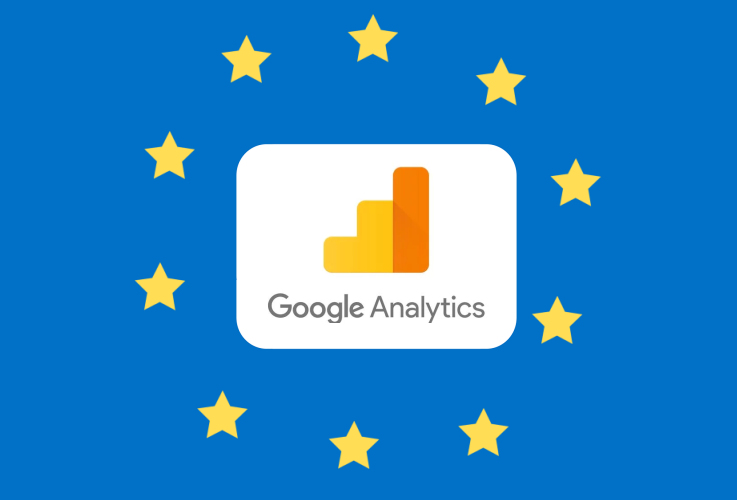
It is important to know with any marketing campaign whether or not it is profitable. With any form of online marketing, such as Pay-Per-Click Marketing, it is relatively easy to track the effectiveness of your marketing efforts and measure your Return on Investment (ROI).
The chances are that if you are engaged in traditional advertising such as direct mail, print or radio then you are probably relying on gut instinct and word-of-mouth (such as asking customers how they found you) to gauge the effectiveness of each of your campaigns, because there's no readily available way to track these types of advert. For example, a local newspaper won't be able to tell you how many of it's readers viewed your ad or visited your website or called you as a direct result. But knowing whether your marketing budget is well-spent is imperative to the success of your business, and if you are investing money in these forms of advertising it is worth spending a little more to determine their effectiveness.
What Kind of Offline Ads Can be Tracked Using Google Analytics?
The methods we are going to describe can be used to track adverts from all mediums (whether it be print, television or radio) but can only be used for adverts that encourage people to visit your website. If your adverts encourage people to visit your business location then this will not work for you. And if your ads encourage people to call your business you can still track their effectiveness using Google Analytics, but you will also need to sign up for a call tracking solution that has the ability to trigger Goal Conversions in Google Analytics.
How Are Offline Ads Tracked Using Google Analytics?
It should now be clear that we are going to rely on online activity by your prospects to track the effectiveness of your offline ads, but simply adding your website address to your ads is not going to help - anyone typing your address into their browser as a result of seeing your ad will be considered to be a "Direct Visitor" by Google Analytics, which won't help you measure the effectiveness of any offline ads. Therefore, we need to label traffic from each advert in a way that Google Analytics understands and in a way that does not interfere with the effectiveness of your ads.
One way of measuring website traffic resulting from offline ads is to include a special offer or discount in your advert that can only be activated by visiting a specific URL (such as www.sitecenter.com/specialoffer). You would then at least be able to view how many people visited this page in Google Analytics, and if the address is different for each advert then you can measure their basic effectiveness. However, these visitors would still be labeled as "Direct Visitors" and this method does not take into account people who simply typed in your homepage address.
Step 1: Traffic Labeling
In order to measure website traffic from offline ads in a definitive way, the first step is to create a URL that contains the appropriate information that tags visitors to that URL as having originated from a specific ad. You can accomplish this using Google's Custom URL Builder, which we have previously described how to use. After using this tool, you should have a URL that looks something like this:
www.pizza.com?utm_source=localnewspaper&utm_medium=print&utm_campaign=week2
In the URL above, you will see that we have labeled the "utm_medium" and "utm_source" as being "print" and "localnewspaper" respectively. The "utm_campaign" has been labeled as "week2" (as an example, to signify the second week of advertising). When readers of your advert in the local newspaper visit this URL as a result of seeing the ad, Google Analytics will display this information as the traffic source for them. By this means, you could potentially even compare how many visitors arrived at your website when the advert was printed on different pages of the newspaper.
Step 2: "Vanity" Domain Name Registration
At this stage you are probably wondering why you would want to put a URL like that shown above in your print adverts (or even worse, radio adverts) and why any sane person would bother to type that entire URL into their browser. The good news is that there is no need to do either. The next step in the process is to purchase a "vanity" domain name that you can put in your advert instead, and to effectively track all of your ads you will need a different domain name for every advert you run. While this might seem excessive, investment in print media is normally expensive, and for just a few additional dollars you can make sure you know whether it would be cost-effective to continue running that ad. As an example, a pizza company might run a print advert for a 10% discount and could use a domain name such as pizzadiscount.com in their print adverts instead of their normal domain name.
Step 3: Traffic Redirecting
Once you have created a custom URL to label your traffic, and have purchased a new domain name to use, the final step is to simply redirect visitors from your new domain name to your custom URL. This will result in anyone visiting your new domain name being instantly taken to your normal website, but with the advantage that they would now be labeled in Google Analytics as having originated from a newspaper advert.
Conclusion
While it might seem complicated at first, this method is in fact very easy to implement and takes little time. The most important aspect of using this method is to make sure that you accurately record which campaigns your different domain names and custom URLs are associated with and insert them into the correct ads. Armed with knowledge of which of your traditional ad campaigns are effective, you can start to invest your marketing budget more wisely.


